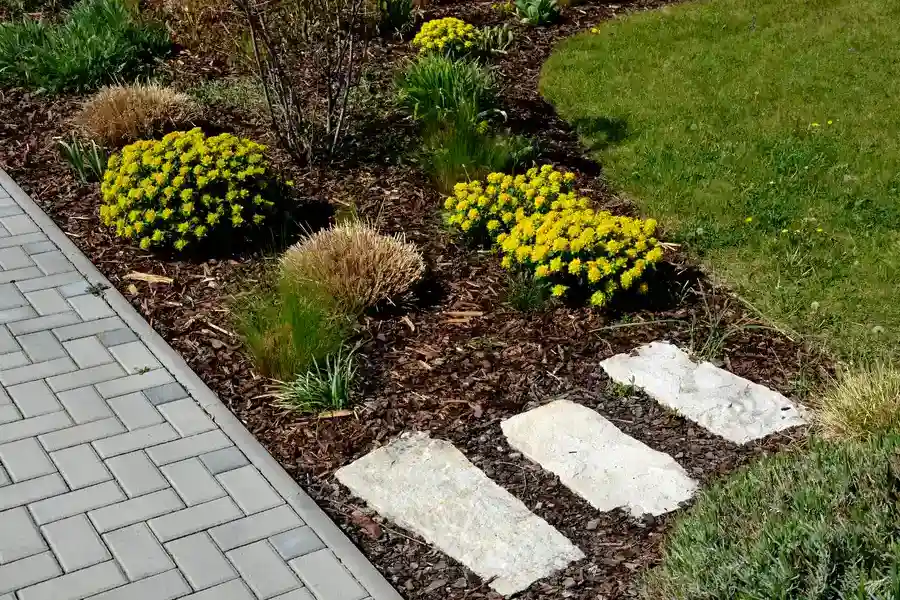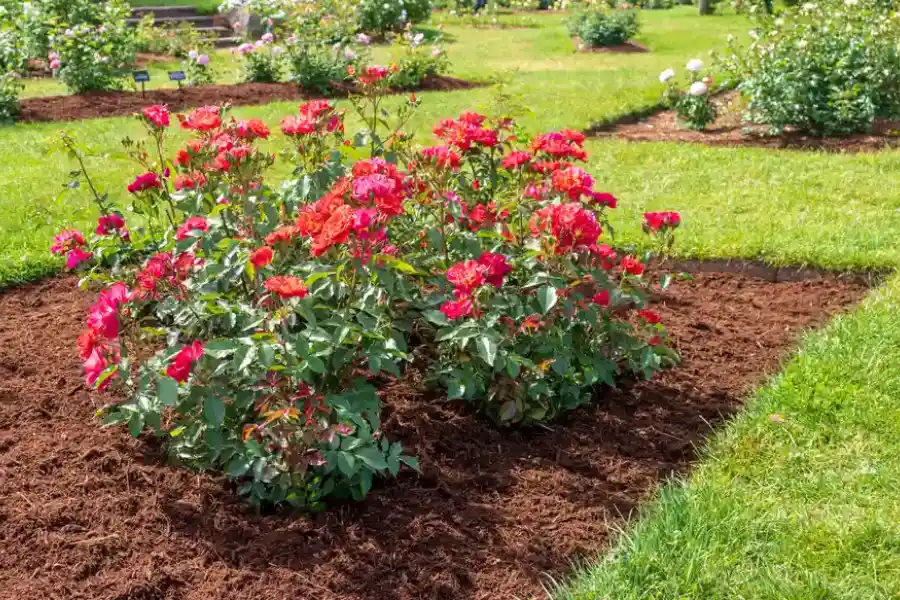Guide to Choosing the Right Time for Your Landscape Needs
Choosing the right time to apply mulch in your garden can make a big difference. Proper timing helps protect plants, conserve moisture, and improve soil quality. Knowing when to mulch will save you both time and effort, while enhancing the health and appearance of your garden. This guide provides practical tips on when and how to apply mulch effectively throughout the year.

Understanding the Benefits of Timely Mulch Application
Applying mulch at the right time enhances its benefits for your landscape. It creates a protective barrier that helps retain soil moisture, suppresses weeds, and improves soil structure over time. Mulch also acts as an insulator, keeping plant roots cool in summer and warm in winter. By understanding these benefits, you can better plan your mulching schedule to maximize its effectiveness.
The Importance of Seasonal Considerations
Each season brings unique conditions that affect your garden’s needs. Applying mulch at the appropriate times can align with nature’s rhythms, providing optimal support for your plants. For example, spring is ideal for adding organic matter to jumpstart growth. Meanwhile, fall mulching prepares plants for winter by retaining warmth. Considering these seasonal factors ensures that your efforts are both timely and beneficial.

Spring: the Ideal Time for Refreshing Your Garden Beds
Spring is often considered the best time to apply mulch. As temperatures rise, early mulching can help conserve soil moisture and suppress weeds before they take hold. It’s a great opportunity to replenish any material that has broken down during winter. Choose natural materials like bark or wood chips to enrich the soil as they decompose throughout the growing season.
Summer Strategies for Maintaining Soil Health
During summer, maintaining consistent moisture levels becomes crucial as heat intensifies. Applying mulch conservatively helps maintain soil temperature and reduces evaporation rates. However, it’s important not to smother plants or cover them too heavily, as this might trap excess moisture and encourage diseases.
Fall Preparation: Setting the Stage for Winter Protection
As autumn sets in, focus on preparing your garden for colder months. Mulching at this time protects roots from extreme temperature fluctuations and preserves soil integrity against erosion. Spread a thicker layer of mulch around perennial plants to shield them from frost damage. This proactive approach ensures healthier plants come springtime.
Efficient Techniques for Every Season
- In spring, apply a 2-3 inch layer of fresh mulch after soil warms up.
- In summer, avoid piling mulch directly against plant stems.
- In fall, increase mulch thickness but leave space around tree trunks.
Cost-Effective Practices for Budget-Friendly Landscaping
Mulching can be cost-effective if done wisely. Using locally sourced materials like leaves or grass clippings reduces expenses and cuts down on waste. Bulk purchasing is another strategy that saves money in the long run. By planning ahead and timing your purchases with seasonal sales, you achieve beautiful results without breaking the bank.
Your Next Steps Toward a Thriving Garden
For personalized advice on mulching strategies, reach out today at (919) 984-0641. Based in Apex, NC, I offer tailored landscaping solutions suited to every need. Let Rodriguez Landscaping Services LLC guide you through creating a sustainable and vibrant outdoor space all year round.
